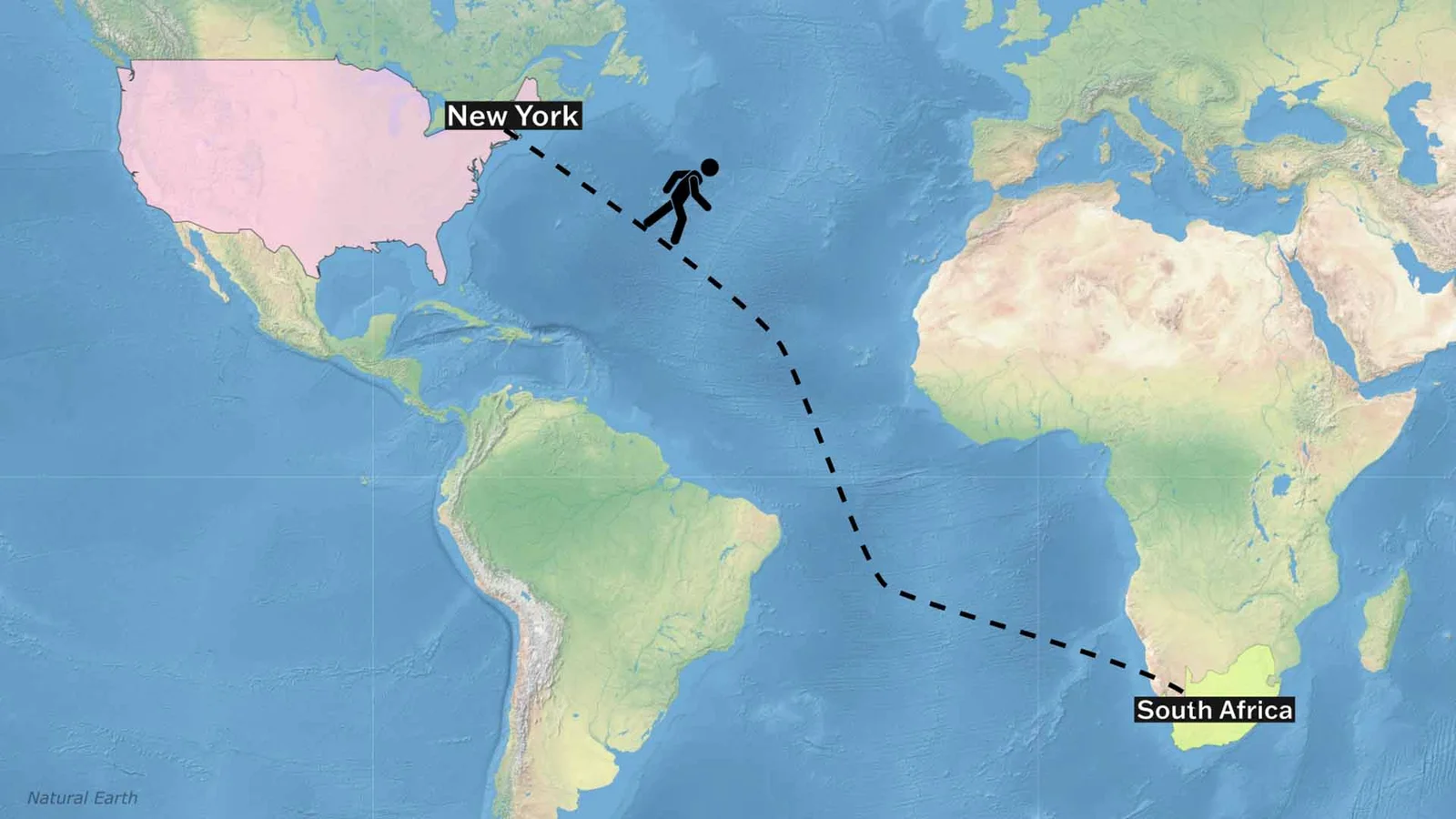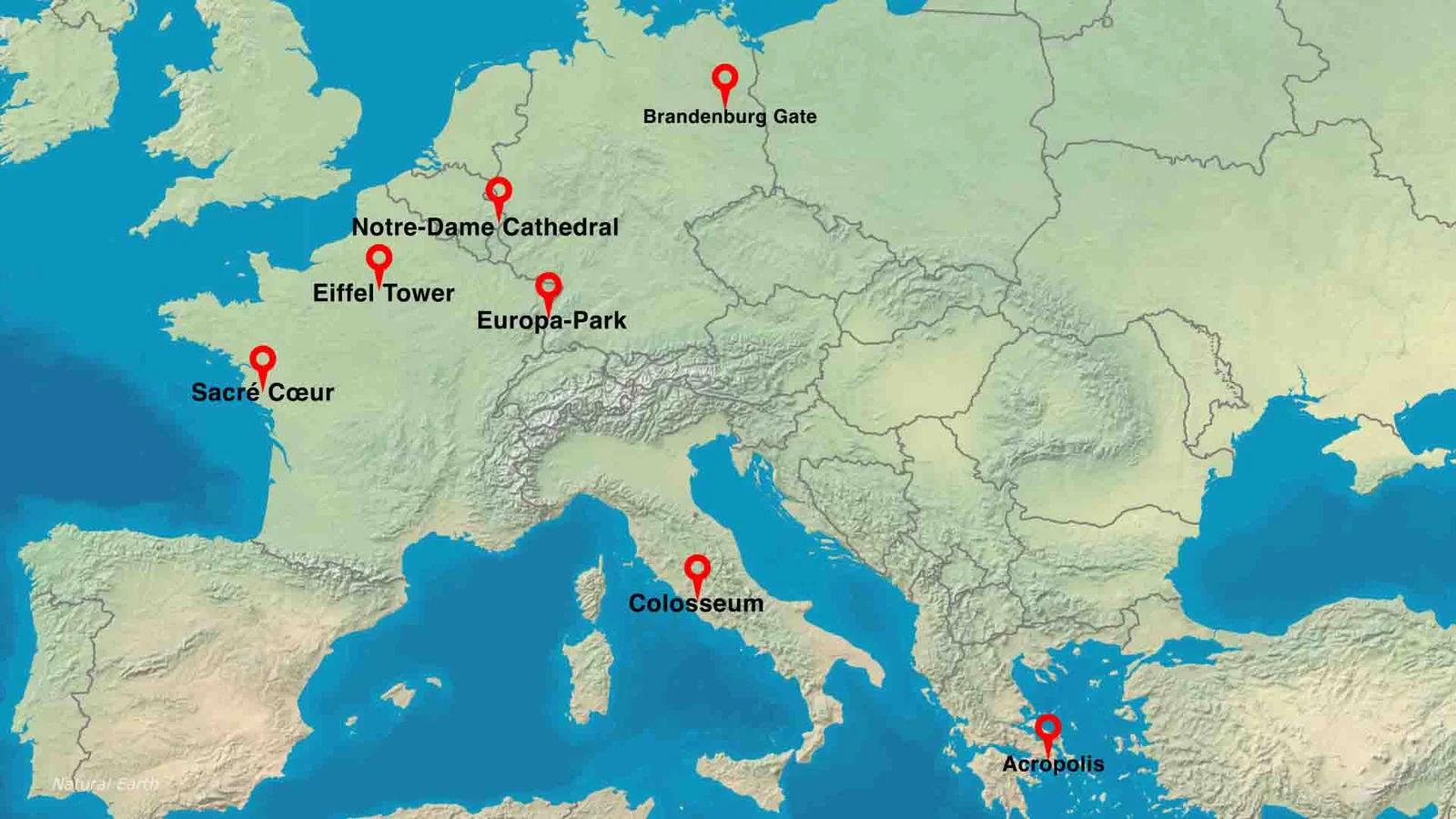These are notes on Biology in Human Welfare
| Health | Health is a state of complete physical, mental and social well-being. |
| Disease | When functioning of one or more organs or systems of the body is adversely affected, characterised by various signs and symptoms is when we have disease. |
| Infectious diseases | Diseases which are easily transmitted from one person to another, are called infectious diseases. Eg. AIDS |
| Non-infectious diseases | Eg – cancer, drug and alcohol abuse |
| Pathogens | A wide range of organisms belonging to bacteria, viruses, fungi, protozoans, helminths, etc., could cause diseases in man. Such disease causing organisms are called pathogens. |
| Typhoid | Salmonella typhi is a pathogenic bacterium which causes typhoid. Sustained high fever (39° to 40°C), weakness, stomach pain, constipation, headache and loss of appetite are some of the common symptoms of this disease. Intestinal perforation and death may occur in severe cases. |
| Pneumonia | Bacteria like Streptococcus pneumoniae and Haemophilus influenzae are responsible for the disease pneumonia in humans which infects the alveoli (air filled sacs) of the lungs.Symptoms of pneumonia include fever, chills, cough and headache. In severe cases, the lips and fingernails may turn grey to bluish in colour. |
| Common cold | Rhino viruses cause common colds in Humans. They infect the nose and respiratory passage. Nasal congestion and discharge, sore throat, hoarseness, cough, headache, tiredness, etc. are the symptoms of common cold. |
| Malaria | Plasmodium, a tiny protozoan, is responsible for malaria. Plasmodium enters the human body as sporozoites (infectious form) through the bite of infected female Anopheles mosquito |
| Amoebiasis (amoebic dysentery) | Entamoeba histolytica is a protozoan parasite in the large intestine of human which causes amoebiasis (amoebic dysentery) Symptoms of this disease include constipation, abdominal pain and cramps, stools with excess mucus and blood clots. |
| Ascaris | Ascaris is the common roundworm, an intestinal parasite, that causes ascariasis. Symptoms of these diseases include internal bleeding, muscular pain, fever, anaemia and blockage of the intestinal passage. |
| Wuchereria | The filarial worms cause a slowly developing chronic inflammation of the organs in which they live for many years. Usually the lymphatic vessels of the lower limbs and the disease is called elephantiasis or filariasis. |
| Ringworms | Fungi belonging to the genera microsporum, trichophyton and epidermophyton are responsible for ringworms |
| Immunity | The overall ability of the host to fight the disease-causing organisms, conferred by the immune system is called immunity |
| Innate immunity | Innate immunity is a non-specific type of defence that is present at the time of birth.Innate immunity consist of four types of barriers these are – physical barriers, physiological barriers, cellular barriers, cytokine barriers |
| Physical barriers | Skin on our body is the main barrier which prevents entry of the microorganisms. Mucus coating of the epithelium lining the respiratory, gastrointestinal and urogenital tracts also help in trapping microbes entering our body. |
| Physiological barriers | Acid in the stomach, saliva in the mouth, tears from eyes–all prevent microbial growth. |
| Cellular barriers | Certain types of leukocytes (WBC) of our body like polymorpho-nuclear leukocytes (PMNL-neutrophils) and monocytes and natural killer (type of lymphocytes) in the blood as well as macrophages in tissues can phagocytose and destroy microbes |
| Cytokine barriers | Virus-infected cells secrete proteins called interferons which protect non-infected cells from further viral infection |
| Acquired immunity | Acquired immunity is pathogen specific. It is characterised by memory. When it encounters a pathogen for the first time it produces a response called primary response of low intensity. Subsequent encounters with the same pathogen elicits a highly intensified secondary or anamnestic response. |
| Humoral immune response | Different types of antibodies are produced in our body. These antibodies are found in the blood, the response is called a humoral immune response which is antibody mediated. |
| Cell-mediated immunity (CMI) | The second type is called cell-mediated immune response or cell-mediated immunity (CMI). The T-lymphocytes mediate CMI. |
| Active immunity | When a host is exposed to antigens, which may be in the form of living or dead microbes or other proteins, antibodies are produced in the host body. This type of immunity is called active immunity. Active immunity is slow and takes time to give its full effective response. |
| Passive immunity | When ready-made antibodies are directly given to protect the body against foreign agents, it is called passive immunity |
| Colostrum | The yellowish fluid secreted by the mother during the initial days of lactation has abundant antibodies (IgA) to protect the infant. (Example of passive immunity) |
| Passive immunisation | If a person is infected with some deadly microbes to which quick immune response is required as in tetanus, we need to directly inject the preformed antibodies, or antitoxin (a preparation containing antibodies to the toxin). In cases of snakebites, the injection which is given to the patients, contain preformed antibodies against the snake venom. This type of immunisation is called passive immunisation. |
| Allergy | The response of the immune system to certain antigens present in the environment is called allergy. Symptoms of allergic reactions include sneezing, watery eyes, running nose and difficulty in breathing. |
| Allergens | The substances to which such an immune response is produced are called allergens. examples of allergens are mites in dust, pollens, animal dander, |
| Auto-immune disease | Due to genetic and other unknown reasons, the body attacks self-cells. This results in damage to the body and is called auto-immune disease. Rheumatoid arthritis which affects many people in our society is an auto-immune disease. |
| Lymphoid organs | These are the organs where origin and/or maturation and proliferation of lymphocytes occur. |
| Bone marrow and thymus | The primary lymphoid organs where immature lymphocytes differentiate into antigen-sensitive lymphocytes.Both bone-marrow and thymus provide micro-environments for the development and maturation of T-lymphocytes |
| Bone marrow | The bone marrow is the main lymphoid organ where all blood cells including lymphocytes are produced. |
| Thymus | The thymus is a lobed organ located near the heart and beneath the breastbone. |
| Spleen | The spleen is a large bean shaped organ. It mainly contains lymphocytes and phagocytes. It acts as a filter of the blood by trapping blood-borne microorganisms. Spleen also has a large reservoir of erythrocytes |
| Lymph nodes | The lymph nodes are small solid structures located at different points along the lymphatic system. Lymph nodes serve to trap the microorganisms or other antigens, which happen to get into the lymph and tissue fluid. Antigens trapped in the lymph nodes are responsible for the activation of lymphocytes present there and cause the immune response. |
| Mucosa associated lymphoid tissue (MALT) | There is lymphoid tissue also located within the lining of the major tracts (respiratory, digestive and urogenital tracts) called mucosa associated lymphoid tissue (MALT) |
| AIDS – Acquired Immunodeficiency Syndrome | AIDS is caused by the Human Immunodeficiency Virus (HIV), a member of a group of viruses called retrovirus, which have an envelope enclosing the RNA genome. This means deficiency of the immune system, acquired during the lifetime of an individual indicating that it is not a congenital disease. Transmission of HIV infection generally occurs by (a) sexual contact with infected person, (b) by transfusion of contaminated blood and blood products, (c) by sharing infected needles as in the case of intravenous drug abusers and (d) from infected mother to her child through placenta. |
| Enzyme linked immuno-sorbent assay (ELISA) | A widely used diagnostic test for AIDS |
| Prevention of AIDS | Making blood (from blood banks) safe from HIV, ensuring the use of only disposable needles and syringes in public and private hospitals and clinics, free distribution of condoms, controlling drug abuse, advocating safe sex and promoting regular check-ups for HIV in susceptible populations |
| Cancer | Normal cells show a property called contact inhibition by virtue of which contact with other cells inhibits their uncontrolled growth. Cancer cells have lost this property. As a result of this, cancerous cells just continue to divide giving rise to masses of cells called tumours. Tumours are of two types: benign and malignant |
| Benign tumours | Benign tumours normally remain confined to their original location and do not spread to other parts of the body and cause little damage |
| Malignant tumours | Malignant tumours are a mass of proliferating cells called neoplastic or tumour cells. These cells grow very rapidly, invading and damaging the surrounding normal tissues |
| Metastasis | Cells sloughed from tumours reach distant sites through blood, and wherever they get lodged in the body, they start a new tumour there.This property called metastasis. |
| Causes of cancer | Ionising radiations like X-rays and gamma rays and non-ionizing radiations like UV cause DNA damage leading to neoplastic transformation |
| Carcinogens | Transformation of normal cells into cancerous neoplastic cells may be induced by physical, chemical or biological agents. These agents are called carcinogens. |
| Oncogenic viruses | Cancer causing viruses called oncogenic viruses have genes called viral oncogenes. |
| Cellular oncogenes | Several genes called cellular oncogenes (c-onc) or proto oncogenes have been identified in normal cells which, when activated under certain conditions, could lead to oncogenic transformation of the cells. |
| Cancer detection and diagnosis | Cancer detection is based on biopsy and histopathological studies of the tissue and blood and bone marrow tests.In biopsy, a piece of the suspected tissue cut into thin sections is stained and examined under microscope (histopathological studies) by a pathologist. Techniques like radiography (use of X-rays), CT (computed tomography) and MRI (magnetic resonance imaging) are very useful to detect cancers of the internal organs. Antibodies against cancer -specific antigens are also used for detection of certain cancers. |
| Treatment of cancer | Common approaches for treating cancer include surgery, radiation therapy and immunotherapy. In radiotherapy, tumour cells are irradiated lethally. Chemotherapeutic drugs are used to kill cancerous cells. |
| α-interferon | α-interferon is a biological response modifier which activates the immune system and helps in destroying the tumour. |
| Opioids | Opioids are the drugs, which bind to specific opioid receptors present in our central nervous system and gastrointestinal tract |
| Cannabinoids | Cannabinoids are a group of chemicals which interact with cannabinoid receptors present principally in the brain. Natural cannabinoids are obtained from the inflorescences of the plant Cannabis sativa. |
| Coca alkaloid or cocaine | Coca alkaloid or cocaine is obtained from coca plant Erythroxylum coca interferes with the transport of the neuro-transmitter dopamine. It has a potent stimulating action on the central nervous system, producing a sense of euphoria and increased energy. Excessive dosage of cocaine causes hallucinations. |
| Adolescence | Adolescence means both ‘a period’ and ‘a process’ during which a child becomes mature in terms of his/her attitudes and beliefs for effective participation in society. adolescence is a bridge linking childhood and adulthood. Adolescence is accompanied by several biological and behavioural changes. |
| Addiction | Addiction is a psychological attachment to certain effects –such as euphoria and a temporary feeling of well-being – associated with drugs and alcohol |
| Withdrawal syndrome | Dependence is the tendency of the body to manifest a characteristic and unpleasant withdrawal syndrome. This is characterised by anxiety, shakiness, nausea and sweating, which may be relieved when use is resumed again. |
Pick The Best Notes: About Organisms and Population







